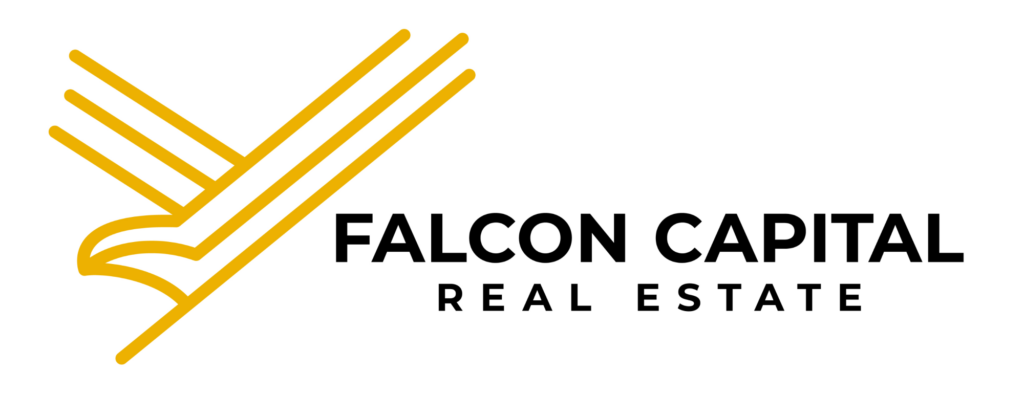Self-storage has evolved from a niche corner of real estate into a mainstream investment darling over the past decade.
These properties – the familiar rows of garage-like units where individuals and businesses stash belongings – have demonstrated remarkable resilience and profitability. A telling statistic highlights the popularity of self-storage: roughly 10.6% of U.S. households rent a storage unit, a figure that has steadily grown as the nation accumulates more goods and navigates life events that require extra space. (forgebuildings.com)
The self-storage industry’s performance has turned heads. According to an analysis by Real Estate Daily News, self-storage facility owners saw an average annual return of nearly 17% over a recent nine-year span – a striking number that outpaced many other forms of real estate during that period. While that level of return might not persist every year, it underscores the high potential of the sector. (forgebuildings.com)
One reason self-storage does so well is its ability to weather different economic climates. In booming economic times, people tend to buy more stuff – sports equipment, furniture, seasonal decor, you name it – and when their homes or garages overflow, they turn to storage units. In slower or recessionary times, people might downsize their living arrangements or move back home temporarily, which also drives demand for storage as a place to keep their extra furniture and personal items. This “good-times or bad-times” demand cycle is why self-storage is often dubbed “recession-resistant.” During the tumultuous COVID-19 pandemic, for example, the self-storage sector held up strongly. By late 2021, facilities were averaging record-high occupancy (the national average occupancy hit the mid-90s% in that period), as many people relocated or reconfigured their living spaces, needing storage in the process. (census.gov)
Even as things normalized, occupancy remained robust – around 90% on average through 2022 and 2023 – indicating that a large base of customers continued to rely on storage units. (forgebuildings.com)
Beyond individual consumers, small businesses contribute significantly to self-storage demand. Entrepreneurs, contractors, and online sellers often find storage units to be a cost-effective solution for inventory and equipment. It’s much cheaper for a small e-commerce startup to rent a couple of storage units for stock than to lease a full-fledged warehouse. Similarly, a local contractor might store tools and materials in a storage unit rather than paying for extra workshop space.
This diverse customer base – from college students storing dorm items over the summer, to families between homes, to businesses managing inventory – provides multiple streams of demand for storage facilities.
The operational side of self-storage is another factor that makes it attractive to investors.
These properties typically have lower overhead and simpler management compared to other real estate types like apartments or hotels. There are no toilets or kitchens inside the storage units, and tenants seldom visit except to drop off or pick up items. Many facilities use technology like electronic gate access, security cameras, and even web-based rentals and bill pay to streamline operations. It’s not uncommon for a single manager (sometimes even based off-site) to oversee several hundred units with the help of software that handles bookings and payments. The low-cost structure means that a large portion of rental income translates into profit. Additionally, because most leases are month-to-month, operators can adjust rents relatively quickly in response to market demand – raising rates on units as they fill up, for example, to boost revenue or offering promotions during slower periods to attract customers.
Industry trends point to continued growth for self-storage. The global self-storage market was valued at around $54 billion in 2021 and is projected to reach over $80 billion by the mid-2020s, reflecting a healthy compound growth rate. (forgebuildings.com)
In the U.S., new facilities are being developed in high-demand areas, though local zoning can be a hurdle in some cities (which, when supply is limited, actually benefits existing owners with less competition). Modern facilities are also catering to customer preferences by offering climate-controlled units, better lighting, and even amenities like package acceptance or tenant insurance options. Technology integration is key – for instance, customers now expect to be able to reserve and pay for a unit online in minutes, and operators are leveraging data analytics to optimize unit pricing and marketing.
Falcon Capital sees significant opportunity in self-storage investments.
Our approach is to identify facilities with solid location fundamentals – say, in a growing suburb or a dense urban area where living space is at a premium – that also have room for operational improvement. Some deals might involve acquiring a mom-and-pop owned storage property that has high vacancy or below-market rents. By applying professional management, updated security and marketing, and perhaps investing in minor upgrades (like repainting, adding CCTV cameras, or climate control in some units), we can increase occupancy and revenue. In other cases, we may target properties that have excess land or underutilized space, where we could expand and add more units to meet local demand. The relatively predictable nature of self-storage cash flows, combined with the enhancements we implement, can generate attractive, stable returns. Moreover, by including self-storage as part of a broader portfolio with multifamily and industrial assets, Falcon Capital adds a layer of resilience and diversification, given self-storage’s unique demand drivers and historical outperformance during economic downturns.
